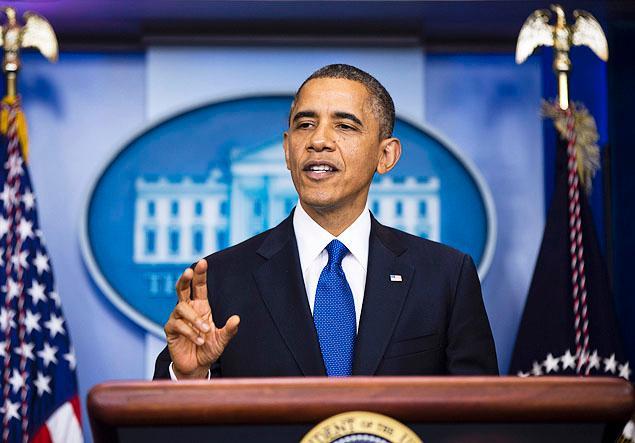June 5, 2015
The signs are ominous on the China front for India. Consider the smoke signals emanating from Beijing.

June 5, 2015
The signs are ominous on the China front for India. Consider the smoke signals emanating from Beijing.

NEW DELHI: First, it has told us clearly that it is not interested in clearly delineating a line of actual control (LAC) on the border, pending a final settlement. This shows that it wants to change the status quo and take some territory from us. No willingness to agree on the LAC means China will not settle the border except on its terms.
Second, it has taken a deliberately contradictory position on Pakistan-occupied Kashmir (PoK), China-occupied Kashmir (mostly Aksai Chin in Ladakh) and areas in India – mainly in Arunachal Pradesh – that it says are disputed areas. It protests any development project or Indian action in Arunachal, or even the South China Sea (again, a sea with several claimants) but has no qualms about investing in PoK or CoK, which are clearly in dispute or illegal occupation by Pakistan or China.
Third, the recent escalation of terrorism in Manipur should been seen in context. Yesterday (4 June), 18 armymen were killed in an ambush in Manipur, and last month a similar attack took place in Nagaland, where eight Assam Rifles jawans being killed. While there may be no direct China hand in this resurgence of terrorism (or, at least, none that we know of), ask yourself a simple question: who benefits the most from bringing the North-East back to boiling point? It suits China to keep our army tied up in various insurgencies, especially when Indo-Bangladesh ties are improving and Sheikh Hasina has taken a strong line on containing anti-India forces.
Fourth, we already know that China has backed its territorial claims by constantly patrolling and even transgressing into Indian Territory, with the incursion into Tawang in Arunachal Pradesh in August 2013 being the most blatant and indicative of where future perils lie. It was the first instance where Chinese soldiers just walked into Indian areas and tried to demolish a boundary wall. (Watch these videos of the incident here and here).
There are good reasons to believe that China may not be beyond contemplating another short war with India. We should be on an extraordinary alert for Chinese war signals, preparations or indications of hostile intent.
As India strengthens it Asian alliances and improves its defence capabilities steadily, the current huge asymmetry in military power between the two will be partially redressed. If China wants to try any strong-arm tactics against us, it has to do so using the narrow window of time when the military skew is against us. After 5-10 years of economic and military build-up by us, China's capacity to act against us will fall dramatically.
Moreover, the Chinese economy is slowing while the Indian economy is putting its UPA-induced slowdown behind. This means domestic anger in China will need channeling into jingoism as jobs and growth slowdown. While Japan is one perennial target, a small territorial grab from India will seem attractive to China's Communist leadership. China is currently calculating how India will respond to this, and that is the prime purpose of its incursions into Indian Territory. It is trying to figure out how we will respond.
It would also be instructive at this point to figure out what China wants and what it may do to get what it wants.
#1: The most likely territorial gain it seeks is probably Tawang in Arunachal, which houses a key Buddhist monastery that threatens China's complete domination of ideological Tibet and its future. As long as Tawang remains Indian, China fears it could be a staging post for a future Tibetan insurrection or even in the creation of a Dalai Lama based on Indian soil. As we have noted before, Tawang is psychologically crucial to China's hold on Tibet as it was the birthplace of the 6th Dalai Lama and hosts an important 17th century Tibetan Buddhist monastery. The current Dalai Lama (the 14th) spent some time in Tawang after he fled Tibet in 1959 post the Chinese takeover.
#2: China believes that. It made a mistake in 1962 when it held on to large areas of Aksai Chin in Ladakh to ensure easy access to Tibet, but voluntarily withdrew from areas seized in the North-East, including Tawang. It wants to rectify this by any means possible. This explains why it tried to intrude into Tawang in 2013. Rest assured, the Chinese troops who came by would have taken excellent pictures of the Indian fortifications and local topography, especially details that could not have been captured from satellite cameras.
#3: China's massive investment plan in Pakistan, which includes large areas of Pakistan-occupied Kashmir, is less about development and more about a military capability. Chinese investment and construction activities in PoK are important for they indicate how much it is willing to risk in order to defend its interests in the region. PoK and CoK constitute the vortex of central Asia: between them, they abut Afghanistan, Tibet, the Islamic republics of Central Asia and China's own alienated Muslim province of Xinjiang. So China's massive investment is intended to maintain a military presence in this area for defensive and offensive reasons: it will try to block jihadi influence in Xinjiang, and also maintain pressure on the Indian army on the Pakistan border.
Now consider how China may be weighing the risks and benefits of a short war over Tawang.
One, it will ask its lackey Pakistan to make the entire western border hot when it wants to pressure India. Pakistani firing and shelling of Indian positions has been not so much on the Line of Control (LoC) but the settled international border (IB). This has probably been done at the urgings of China. It means, when China winks, Pakistan can make the entire Kashmir LoC and IB a live battleground.
Two, insurgency in the North-East will keep the army busy in Nagaland and Manipur, while distracting us from Arunachal.
China's calculations could revolve around a quick surgical strike to capture Tawang – despite adverse terrain – or a bigger grab in Kashmir to use as a bargaining chip to gain Tawang. It may also be betting that India will not fight too hard for Tawang or threaten nuclear mayhem in retaliation. India has made the mistake of not developing tactical nuclear weapons unlike Pakistan, which will have no qualms about using them if we make territorial gains on the western front.
In essence, China is developing a two-front war capability vis-à-vis India and hobble it with various insurgencies – a Pakistan-propped one in the west, and a more covert one in the north-east. The aim may be to get us to part with Tawang, with or without a short war. With Tawang won, China will put up a show of "magnanimity" and offer to settle the border elsewhere.
The point is simple: China will not see a "short" border war as necessarily a bad thing. India should be more than ready for it, and must lose no time preparing for it.
The key elements of our strategy should be the following: strengthen the army's preparedness to defend Tawang and Ladakh at all costs and make this obvious to China; create the new mountain corps quickly, and speed up investment in border infrastructure; create a crash pan to develop and deploy tactical nuclear weapons and make it clear that these will be used only on the China border.
The paradox of Narendra Modi successful Asian diplomacy involving China's rivals (Japan and Vietnam specifically) is that China may want to strike before Modi manages to strengthen India's economy, defences and alliances. This calculation may have the adverse consequence of making China rush into a short war before India improves his fighting capabilities.
The only way to prevent Chinese adventurism of the 1962 kind is to prepare for one.
Courtesy: Firstpost







































































































